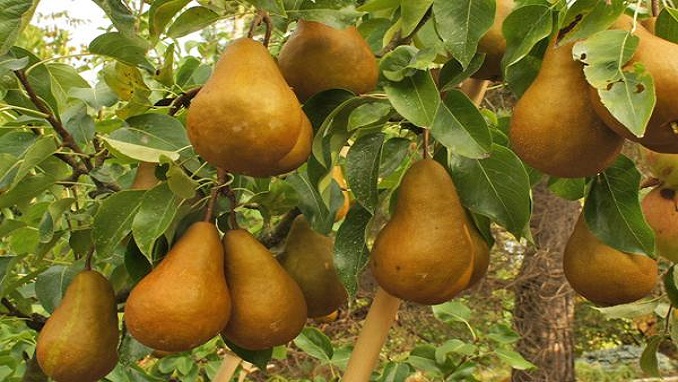Amid global inflation, food security issues also arise from the COVID-19 pandemic and other challenges the global food system is facing. According to the World Health Organization’s State of Food Security and Nutrition report, there were 828 million people who experienced hunger in 2021, a rise of 150 million since the pandemic began, the World Economic Forum reported. The Ukraine conflict caused a surge in fertilizer cost which further destabilized the world grain markets, highlighting the necessity of supply chains in the agri-food industry.
“With the threats of a global recession looming, and the implications this has on public revenues and expenditures, a way to support economic recovery involves the repurposing of food and agricultural support to target nutritious foods where per capita consumption does not yet match the recommended levels for healthy diets,” the UN report said.
Wheat, corn, barley, sunflower seeds, and oils are some of the most significant exports that come from Russia and Ukraine. Prior to the war, Ukraine used to ship the majority of its food exports via the Black Sea.
With the ongoing war, Ukrainian farmers made adjustments over time, sending more of their products via land and river to the west. Then, in July 2022, Russia and Ukraine came to an agreement to allow food exports through some of Ukraine’s ports once again, thanks to mediation by Turkiye and the UN.
This helped to resume Black Sea grain shipments to Turkiye, Europe, the Levant, and North Africa, among other places.
Meanwhile, in the UK, fertilizer importers have predicted lower food prices because the cost of the product had dropped to levels not seen since the start of the war in Ukraine, the BBC reports.
Some 70% of Europe’s ammonia capacity was decreased or shut down as a result of the conflict. Some fertilizer’s costs last year exceeded £1,000 per ton, but they have since dropped to about £450 per ton.
“We’ve had to have much larger vessels, we’ve had to invest in new berths at Sunderland and Great Yarmouth, but the industry has found a solution,” says importer John Fuller, per the BBC. “The cost of fertilizer is on the way down and that means cheaper food for everybody.”
Still, despite some decline in prices, the situation is far from resolved, as prices may still surge back up. According to experts, governments still have a chance to make healthy diets more affordable and accessible to everyone by redirecting resources currently used to incentivize the production, supply, and consumption of nutritious foods.
“There is a real danger these numbers will climb even higher in the months ahead. The global price spikes in food, fuel, and fertilizers that we are seeing as a result of the crisis in Ukraine threaten to push countries around the world into famine. The result will be global destabilization, starvation, and mass migration on an unprecedented scale. We have to act today to avert this looming catastrophe,” according to WFP Executive Director David Beasley.



